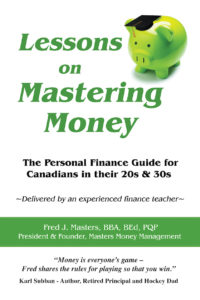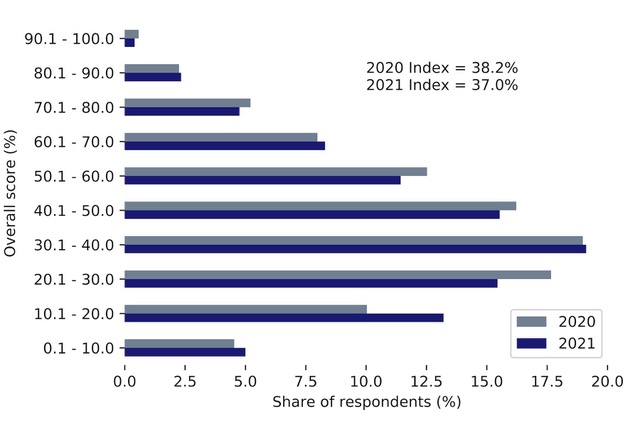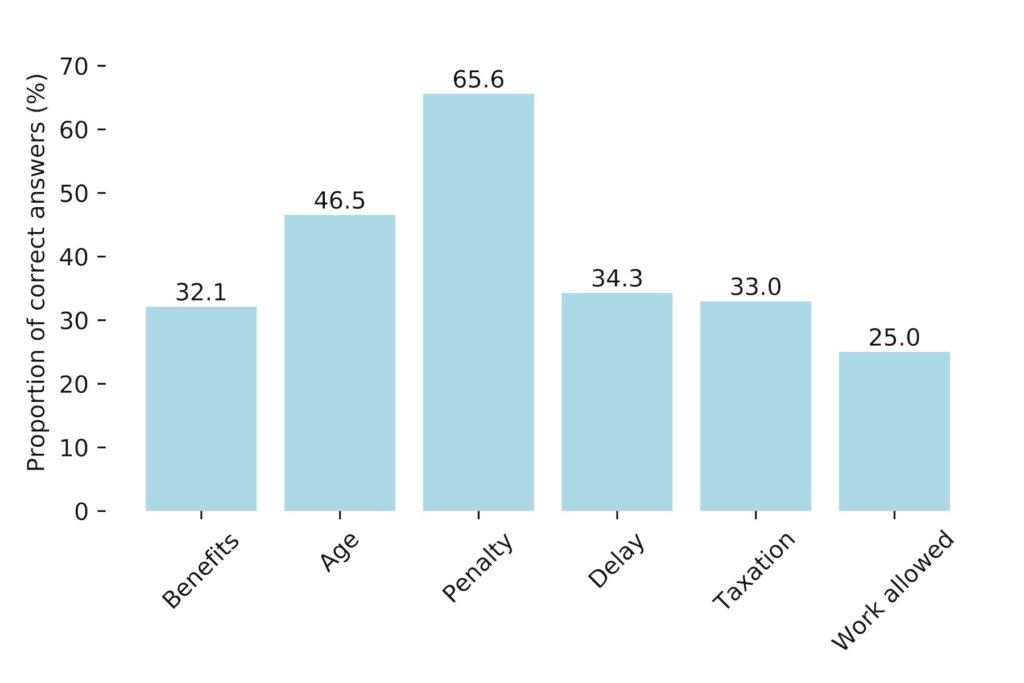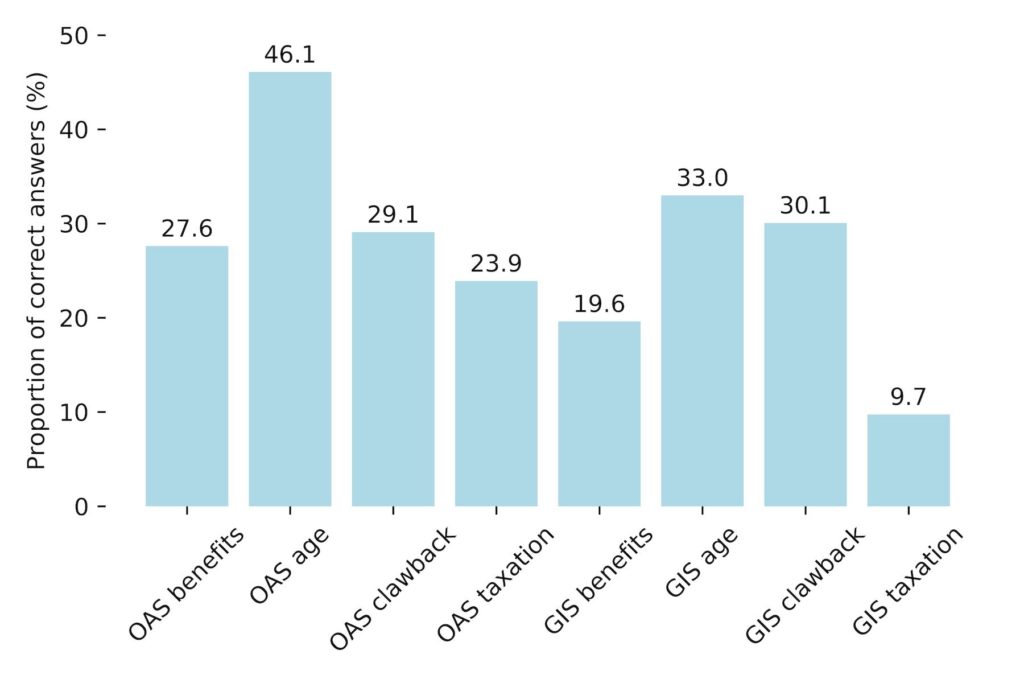
Special to Financial Independence Hub
As a mother, I know the importance of raising my daughter to be independent and confident. One of the most significant ways I can do this is by instilling in her the value of financial literacy. By teaching her to be financially independent, I am setting her up for a future where she can make sound decisions with money and have the freedom to achieve her dreams. I feel every mother should share this responsibility and nurture the financial skills of their children, especially when we consider the uncertainties of the current global economic climate.
Growing up and learning to manage money through lived experiences, I discovered that some of those life lessons can be painful. My immigrant parents were so focused on working hard to provide the basics for the family, financial literacy lessons weren’t really a priority for my sister and me. All we were taught was to save and keep on saving. In fact, my sister and I would sometimes skip lunch at school just to save the allowance our parents gave us. I learned the hard way that while saving is part of being financially literate, it can’t just stop there; a significant next step is to find safe, reliable methods to growing your wealth.
![]() Not knowing better, when I was 18, one of the earliest financial mistakes I made was getting multiple credit cards, which eventually resulted in a lot of debt (because which teenage girl doesn’t like shopping?). I had to work hard to pay it off and it was a tough lesson to learn, but it was valuable because it made me realize the importance of being smart about money from a young age.
Not knowing better, when I was 18, one of the earliest financial mistakes I made was getting multiple credit cards, which eventually resulted in a lot of debt (because which teenage girl doesn’t like shopping?). I had to work hard to pay it off and it was a tough lesson to learn, but it was valuable because it made me realize the importance of being smart about money from a young age.
After that, I started seeking support to become more financially literate from any source I could get my hands on. The internet was my best friend and I got into the habit of listening to podcasts about investing and best financial practices. When I started working, I was lucky enough to find a trusted mentor who taught me that putting 75 per cent of my paycheque toward smart investments was smarter than spending the money on any big-ticket item immediately.
As I became better with money, I went from only knowing how to save money to growing my wealth through investing in stocks (ETFs) and real estate and having a diverse portfolio. When it comes to investments, I now know it’s important to maintain both passive and aggressive investments. Having said that, choosing between good investments and bad ones can be daunting and that’s where financial advisors come in. Engaging a trusted advisor who is experienced in investing in different asset classes can make all the difference in the world because they often have access to wealth management tools and data that make investment proposals more reliable and easier to understand.
Teaching children about saving and investing — and the mindset behind both
Although I eventually found my financial footing, others are not so lucky and many have never been able to recover once they get into debt, which can be crippling. Now that I have a family of my own, one of my top priorities is to make sure my daughter has a strong foundation in financial literacy, with all the tools she needs to make better decisions when managing money.
One of the things that we’ve started working on together is to get her to save regularly, like I did as a child. But more than teaching my daughter good saving habits, I believe what’s important is to show her the difference between the money-going-out and money-going-in concept. Very often, children are no strangers to the former because they see us making purchases daily and this makes it easy for them to learn spending (or worse, impulse spending). The latter, however, is more difficult to emulate because they rarely witness the act of saving. This is especially true now that we live in a world where most financial transactions are digital. Though this speaks to the convenience of innovation, how do we curb impulse spending in our children beyond merely saying “no” (and parents, I’m sure you’ll agree that saying “no” doesn’t always elicit the best response from children)? Continue Reading…







